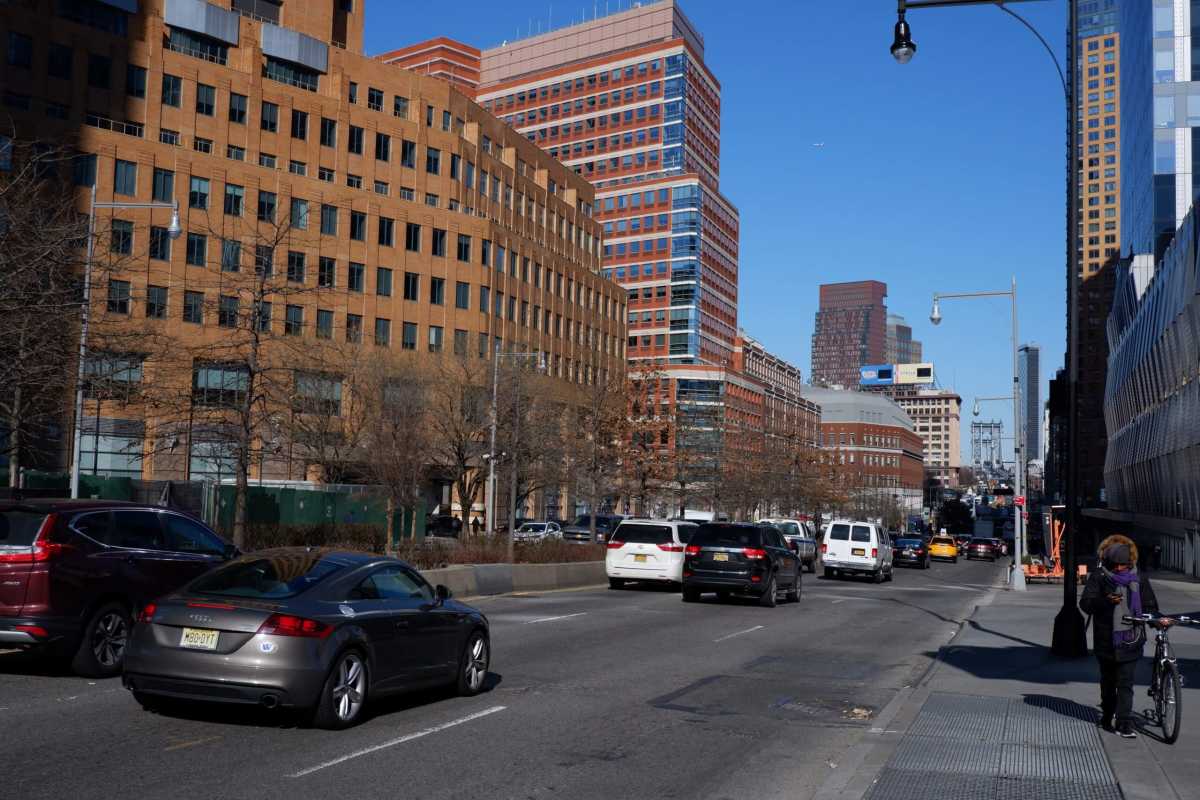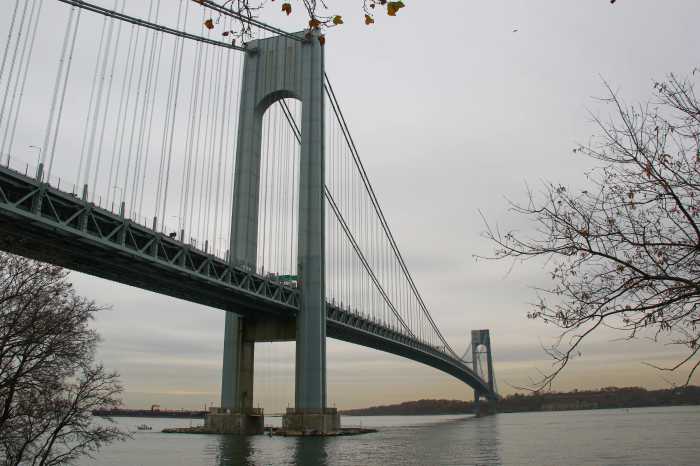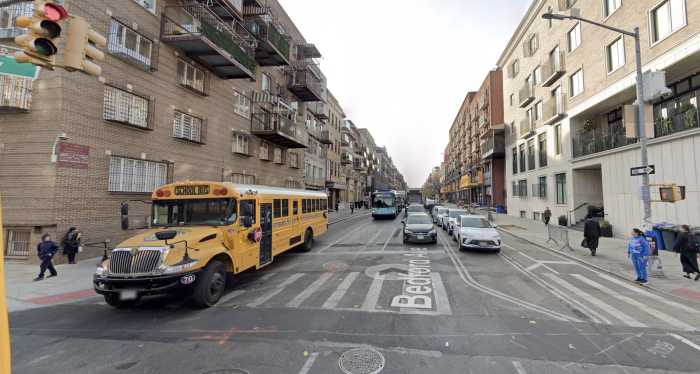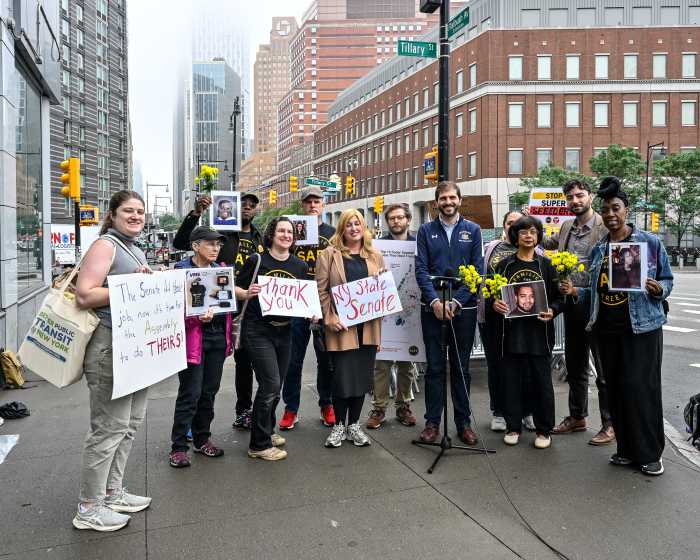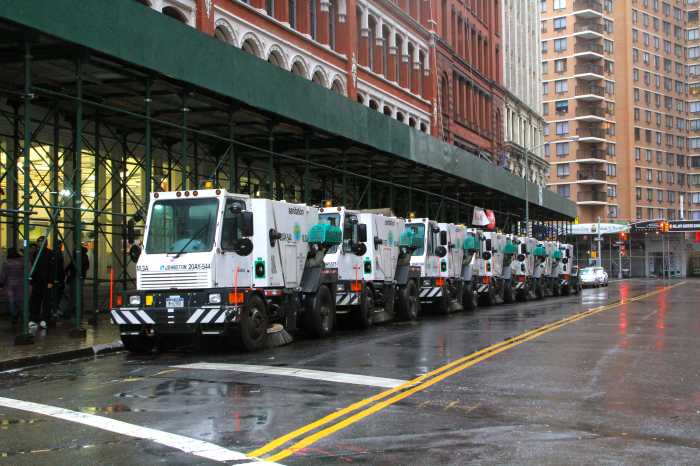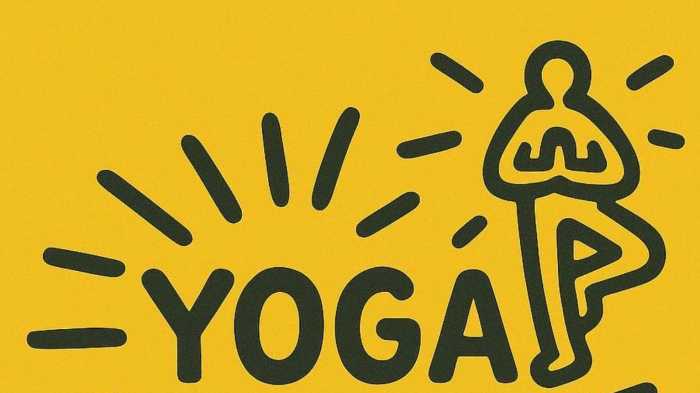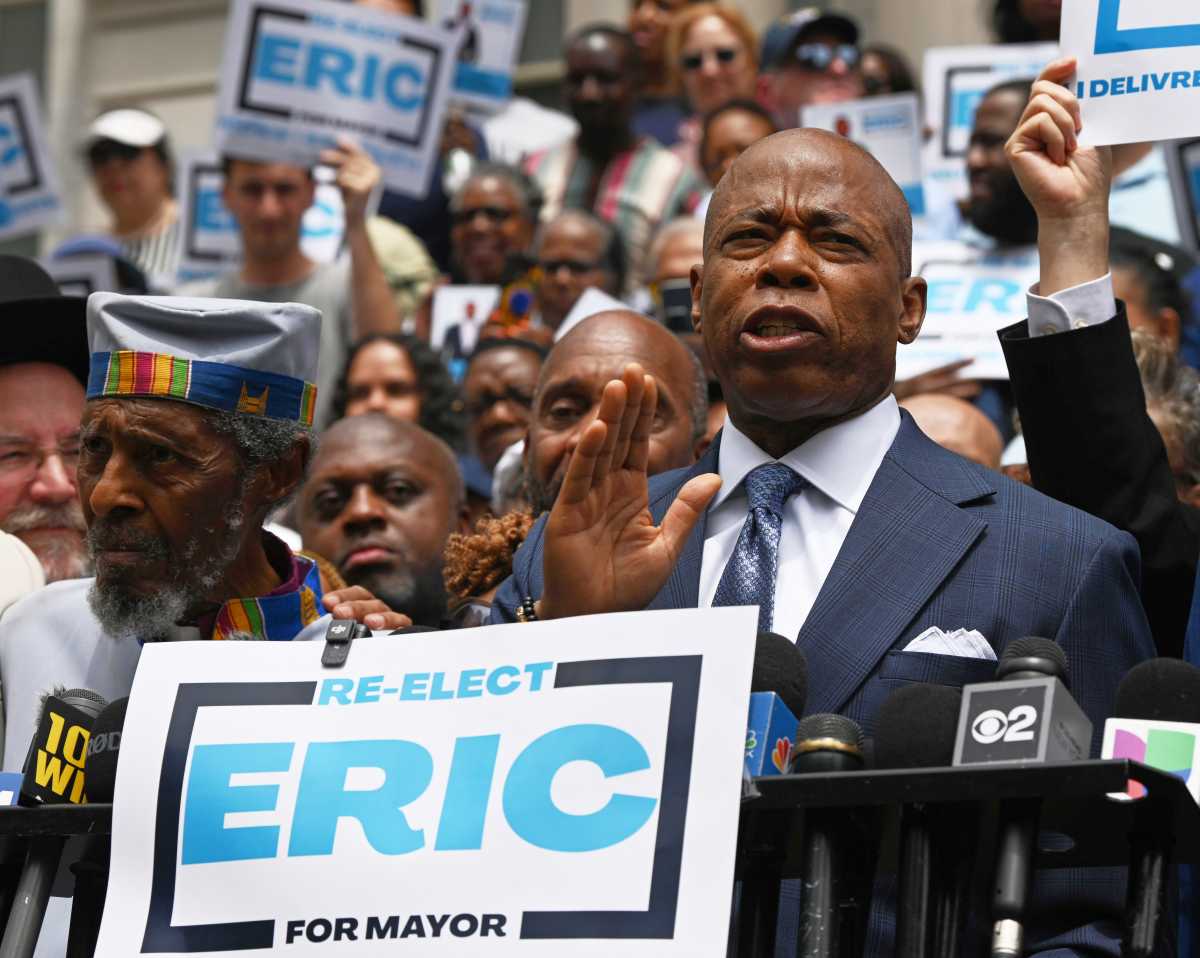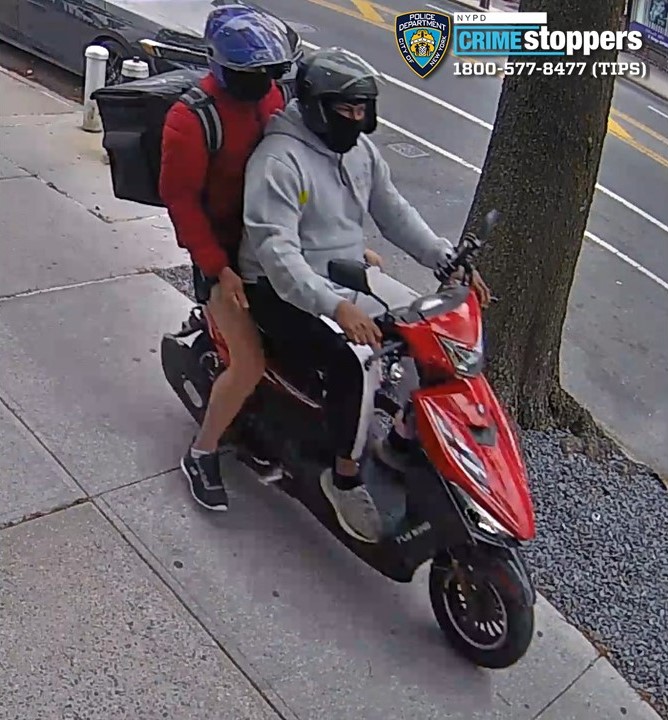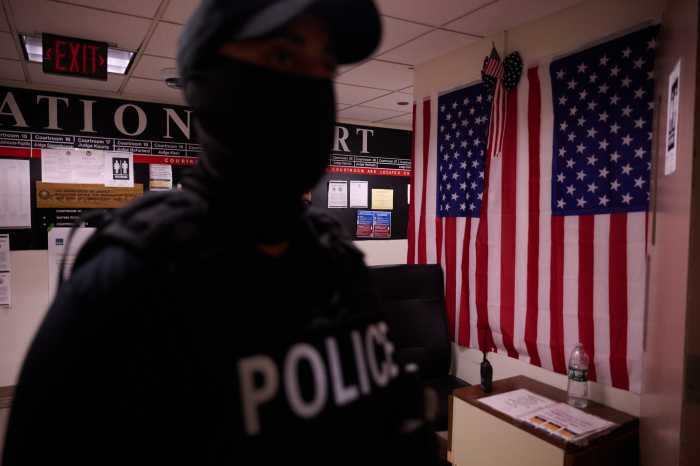Transportation advocates are developing a plan to remove driving lanes from Flatbush Avenue in favor of bicycle and bus lanes, as part of a scheme to revamp the notoriously dangerous roadway, according to one activist.
“It’s like a highway,” said Dulcie Canton of the streets safety advocacy group Transportation Alternatives. “I avoid it when at all possible.”
The safe-streets group hosted a public brainstorming session in Brooklyn Heights on Tuesday, where they asked locals to weigh in on their plan to revamp Flatbush Avenue between Tillary Street near the base of the Manhattan Bridge and Fourth Avenue in the hopes of improving pedestrian and bicyclist safety there.
Dozens of people have been injured and several killed along the stretch within the past five years, most recently 33-year-old Luis Garcia, who died after a driver hit him while he was crossing the street near Fourth Avenue in September, Streetsblog reported.
The advocates ultimately hope to bring their plans to the city some time before the state institutes a congestion pricing tax affecting Manhattan-bound drivers heading across the Manhattan Bridge in early 2021, which one activist fears would make traffic on the six-lane road less congested, but faster and more dangerous.
“I’m scared that it’s about to become a lot more dangerous — the one saving grace is that for much of the day vehicles can’t go so fast,” said Blythe Austin. “It needs a safety redesign or else you’re going to see a lot more accidents and people getting killed.”
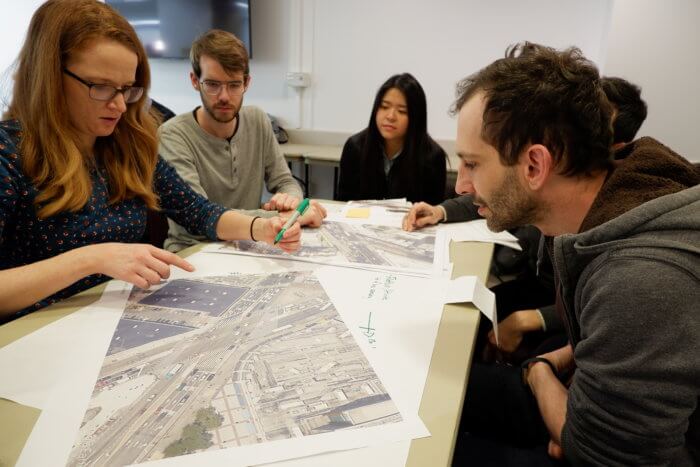
The Flatbush Avenue plan calls for the installation of bike lanes, dedicated bus lanes, in addition to enhanced pedestrian crossings, such as so-called Barnes Dance crossings where all traffic stops and allows people to walk diagonally across intersections, which already exist in other cities, such as Washington, D.C.
The city’s Department of Transportation and the Metropolitan Transportation Authority should work together to bring buses back to Flatbush Avenue, the advocates say.
“The MTA has abandoned Flatbush to private automobiles, which is crazy if you consider that it’s the backbone of Brooklyn,” Austin said.
The Authority indicated that it might work with the Department to establish bus priority along the route all the way down to Marine Park, according to its most recent report on the bus system’s ongoing borough-wide redesign.
For bicycles, the group wants the city to install protected bike lanes that would eventually go beyond Fourth Avenue all the way to Grand Army Plaza and connect to a new two-way protected lane to Empire Boulevard street planners are due to install this year.
The project’s current boundaries are within the limits of Community Board 2 and Levin’s district, but to extend it to Grand Army Plaza, they would need the support of councilmembers Brad Lander (D—Park Slope) and Laurie Cumbo (D—Prospect Heights), and the latter legislator has previously opposed extending a bus lane on Fulton Street in Fort Greene beyond the Fulton Mall.
But Canton said that hesitant legislators should embrace the changes for the safety of Brooklyn’s most vulnerable road users.
“Traffic just sits there. If you’re a pedestrian, you’re a mom or you’re in a wheelchair, it shouldn’t be like that,” she said.


